Earth Science and Engineering
Arabian Peninsula a trap for summer dust
Summer dust has been increasing over the Arabian Peninsula for the past decade with global implications.
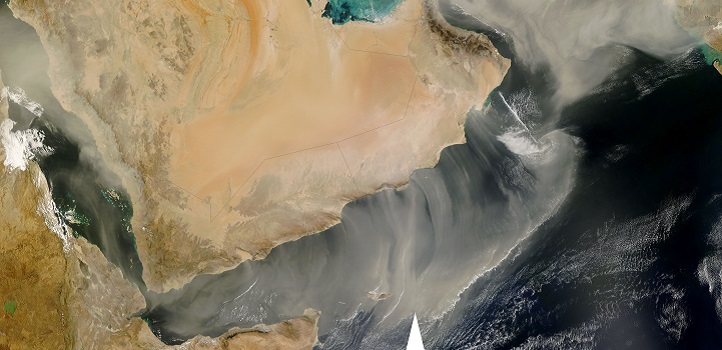
Intense winds blowing from Africa through a mountainous gap on the western Red Sea coast have led to a buildup of summer dust over the Arabian Peninsula in the past decade. This increasing dust load could have long-term health and global climatic implications.
“The Arabian Peninsula is one of the prime climatic hotspots for dust activity,” says KAUST Earth modeling specialist, Ibrahim Hoteit. Dust from the Middle East has significant effects on atmospheric heating, global atmospheric circulation patterns, regional oceanographic processes, and on the Indian summer monsoon system. Recent studies had noted increasing dust storm activity over the region, but little was known about its magnitude or long-term trends.
Hoteit and a team of scientists from KAUST and India have studied the long-term summer dust trends over the Arabian Peninsula since the beginning of the latest global climate shift in the early 1980s. They also investigated the mechanisms responsible for these trends.
They analyzed more than three decades of dust data—from 1980 to 2016—inferred from a combination of satellite observations, in addition to information on wind, surface air temperature, sea level pressure, surface soil temperatures and moisture related to the northeastern and eastern Arabian Peninsula and the southern Red Sea.
“We identified a strong summer dust loading over the Arabian Peninsula in the past decade,” says former KAUST atmospheric scientist, Ravi Kumar Kunchala, who is now an assistant professor at the Indian Institute of Technology in Delhi. The increased dust loading, he explains, is largely due to increasingly strong westerly winds carrying Saharan Desert sands from Africa through the Tokar Gap between the mountains of the Red Sea’s western coast.
The increasing summer dust load is also due to a significant rise in gusty winds over the Red Sea. Rising air and soil temperatures, together with reduced soil moisture, have also led to greater local dryness and an enhanced uplifting of dust.
“The results of our study provide information about the rate of dust increase,” says Kunchala. “This information can be used in our models to investigate its impact on the regional climate.”
The dust load could have important implications for water management, agriculture, health and transport, says Hoteit.
“Dust has an adverse effect on marine ecology, renewable energy, and it worsens air quality, which may cause acute respiratory diseases,” he explains.
The team next plans to develop dust projections over the Arabian Peninsula, and to investigate how dust interacts with other climatic processes at the sub-seasonal and inter-annual scales.
References
-
Kumar, R.K., Attada, R., Dasari, H.P., Vellore, R.K., Abualnaja, Y.O., Asok, K. & Hoteit, I. On the recent amplification of dust over the Arabian Peninsula during 2002 – 2012. Journal of Geophysical Research Atmospheres 124, 13220-13229 (2019).| article
You might also like
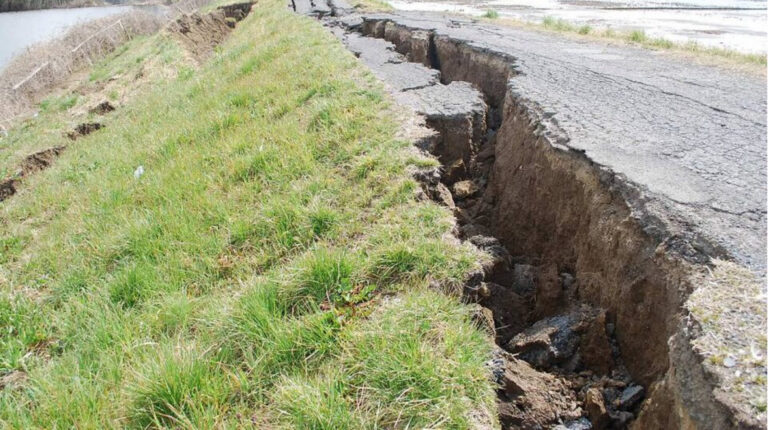
Earth Science and Engineering
When Earth breaks the “rules”

Earth Science and Engineering
Unearthing Arabia’s ancient foundations: New insights from the Ha’il terrane
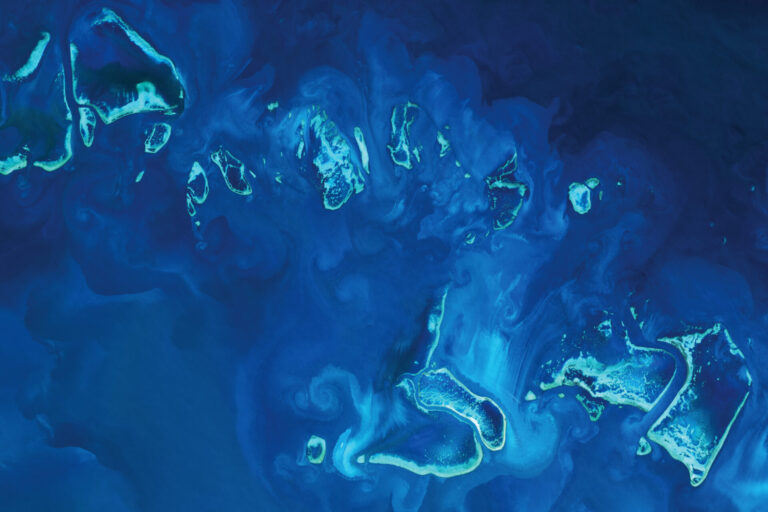
Earth Science and Engineering
Sensing color cues to monitor coral health in the Red Sea
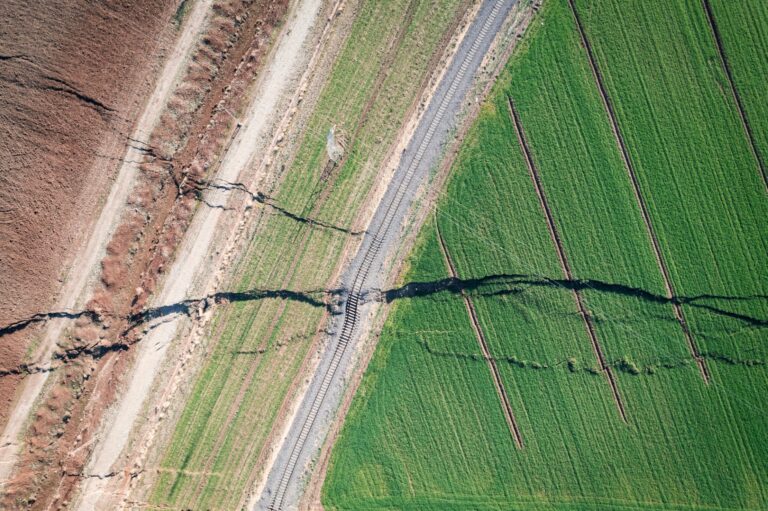
Earth Science and Engineering
Kahramanmaraş earthquake study showcases potential slip rate errors
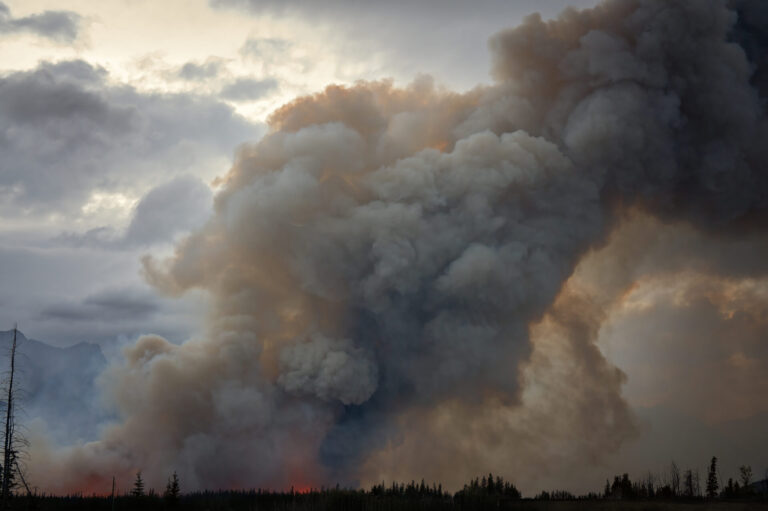
Chemical Engineering
Unveiling the role of biomass-burning aerosols in atmospheric reactions

Earth Science and Engineering
Feeling the heat across the Middle East
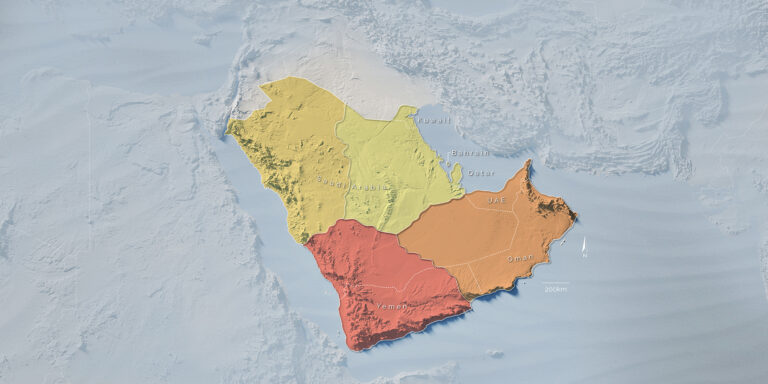
Applied Mathematics and Computational Sciences
Past and future drought patterns across the Arabian Peninsula
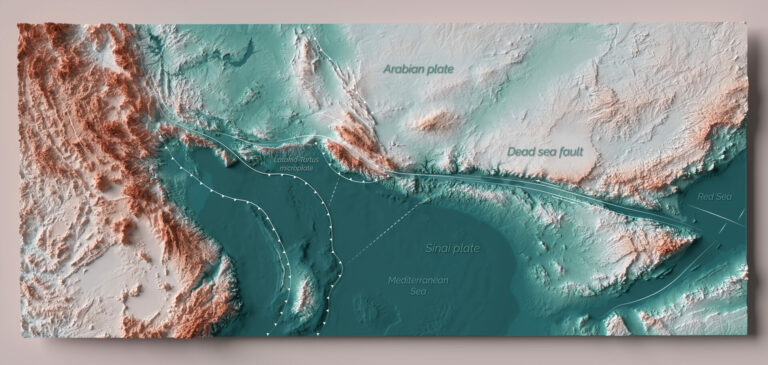
Earth Science and Engineering




